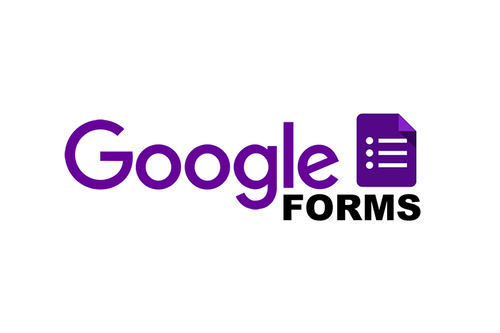Google Forms is a versatile tool for creating surveys, quizzes, and data collection forms. While it offers a range of features to streamline data gathering, one aspect that's often overlooked is email validation. Ensuring that respondents provide valid email addresses not only enhances data accuracy but also opens up opportunities for effective follow-ups and engagement. In this comprehensive guide, we will explore how to implement email validation in Google Forms and elevate your data collection game.
The Importance of Email Validation in Google Forms
Before we delve into the technicalities of email validation, let's understand why it's crucial for your Google Forms:
1. Data Accuracy
Valid email addresses ensure that your data is reliable, reducing the chances of collecting incorrect or unusable information.
2. Follow-Up Communications
Valid emails enable you to reach out to respondents for clarifications, additional information, or post-survey engagement.
3. User Engagement
Email validation paves the way for personalized thank-you messages, newsletters, or updates, enhancing the overall user experience.
4. Spam Prevention
Validating email addresses helps filter out spam submissions, keeping your data clean and your forms secure.
Implementing Email Validation in Google Forms
While Google Forms doesn't offer native email validation, you can achieve this with a few clever workarounds. Here's how:
1. Regular Expressions (Regex)
Google Forms supports the use of regular expressions in question validation rules. This allows you to create custom email validation patterns.
\b[A-Za-z0-9._%+-]+@[A-Za-z0-9.-]+\.[A-Z|a-z]{2,7}\b
In your Google Form, select the question you want to validate and choose "Data validation." In the "Criteria" dropdown, select "Regular expression" and paste your regex pattern. Add a custom error message to guide respondents.
2. Apps Script
Google Apps Script provides more advanced customization options. You can create custom scripts that validate email addresses and trigger actions based on validation results.
Here's a simple example of an Apps Script function to validate an email:
function isValidEmail(email) {
var emailRegex = /\b[A-Za-z0-9._%+-]+@[A-Za-z0-9.-]+\.[A-Z|a-z]{2,7}\b/;
return emailRegex.test(email);
}
You can then use this function to validate email addresses entered in your Google Form.
Tips and Best Practices
To master email validation in Google Forms, consider the following tips and best practices:
1. Clear Error Messages
Craft informative error messages that guide respondents when they enter an invalid email address. Clear instructions reduce frustration.
2. Regex Mastery
Regular expressions are powerful but can be complex. Invest time in learning and testing regex patterns for email validation.
3. Use Apps Script Wisely
Google Apps Script offers extensive customization, but use it judiciously to avoid overcomplicating your forms.
4. Test Your Forms
Always test your forms thoroughly to ensure email validation works as expected on different devices and browsers.
5. Privacy Compliance
If you're collecting email addresses, be mindful of privacy regulations like GDPR and ensure you have the necessary consent mechanisms in place.
Common Questions About Email Validation in Google Forms
Q1: Can I use regular expressions for other form fields besides email?
Yes, regular expressions can be used for various types of form validation, including phone numbers, ZIP codes, and more.
Q2: Are there third-party add-ons for email validation in Google Forms?
Yes, some add-ons offer advanced validation features, but they may come with a cost.
Q3: What if respondents enter fake email addresses despite validation?
While validation reduces errors, it doesn't guarantee that all entered email addresses are genuine. Follow up with respondents when necessary.
Q4: Can I export validated email addresses from Google Forms?
Yes, you can export data, including validated email addresses, to other Google services or external tools for further processing.
Q5: Is there a way to validate emails against a specific domain?
Yes, you can modify the regex pattern to validate emails against a specific domain, ensuring they belong to your organization, for example.
Conclusion
Email validation in Google Forms is a game-changer for data accuracy and user engagement. By implementing precise validation techniques, you elevate your forms to a professional level, ensuring that the data you collect is reliable and actionable. Whether you choose regular expressions or Google Apps Script, the effort you invest in email validation will pay off in improved data quality and a better user experience.
So, take the leap and unlock the full potential of your Google Forms by mastering email validation. Elevate your data collection processes, boost engagement, and make more informed decisions with the power of accurate email addresses at your fingertips.



